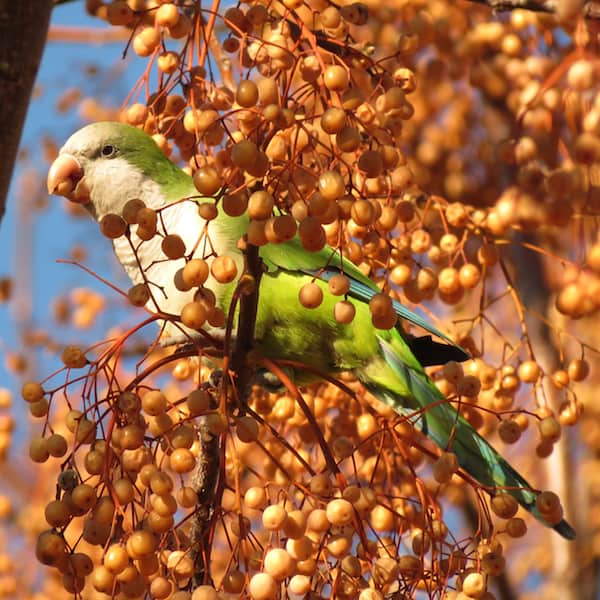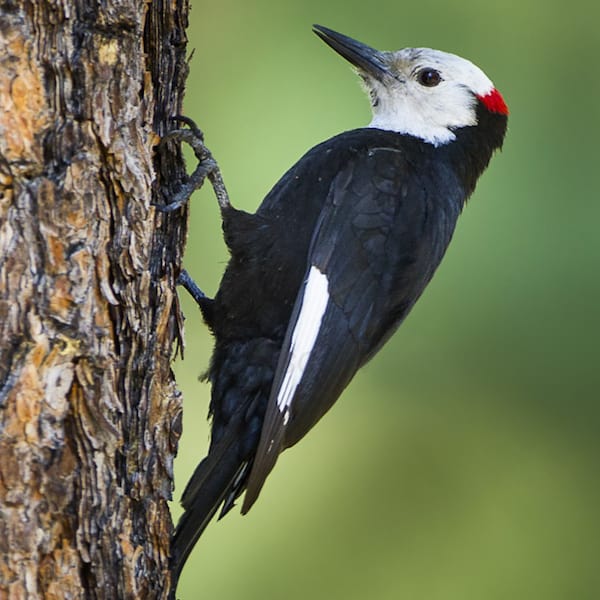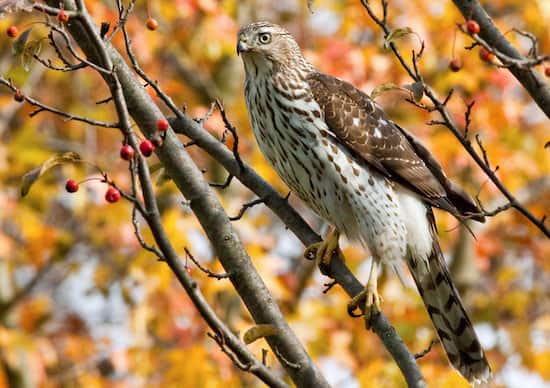Look For
The monk parakeet is a small parrot with a colorful, distinctive plumage. It is primarily a vivid green with a pale gray face, cheeks, throat and breast. It has a light pink hooked bill and more yellowish-green hues on its belly and rump. It has cerulean secondary flight feathers and gray legs.
Listen For
The monk parakeet is a loud, noisy bird that has a large variety of different calls. Its most common call is a series of short guttural and harsh notes: cheeeh-cheeeh. Monk parakeets that are kept as pets can also be taught to mimic human speech.
Find It
The monk parakeet is native to South America including the northern half of Argentina, most parts of Paraguay and Bolivia, and small parts of Brazil. There, they prefer to live in dry, open woodlands and other similar environments. Small, scattered populations of monk parakeets can also be found in the wild in the United States.
Monk parakeets were brought to the country as pets before some became feral and eventually formed populations in the wild around the 1960s. They can be found in various major U.S. cities across the country including San Diego, Chicago, Miami, New York, Houston, and New Orleans. In these environments they live among ornamental trees, city parks, and man-made objects such as electric poles.
Feeding Behavior
The monk parakeet primarily feeds on seeds, berries, blossoms, and nuts. They also sometimes eat insects and agricultural crops of corn, rice, sunflowers and others. The monk parakeets often move in flocks, foraging on the ground, in trees, and on bird feeders.
Nesting Behavior
The monk parakeet nests in a colony that it resides in all year round. The nests are usually large, sometimes up to five feet in length, and are comprised of various sticks and twigs. The large nest structure is like an apartment building with 20 to 200 individual nest chambers contained within.
All the monk parakeets that live within the nest work together to build and maintain it and continuously add to it over time. The nest is often placed in sturdy deciduous and evergreen trees as well as in man-made objects including electric poles and fire escapes. The female monk parakeet lays 5 to 9 eggs that are a plain white. Both parents incubate the eggs for 25 to 31 days before hatching. Both parents care for the young before they leave the nest after around 40 days.




